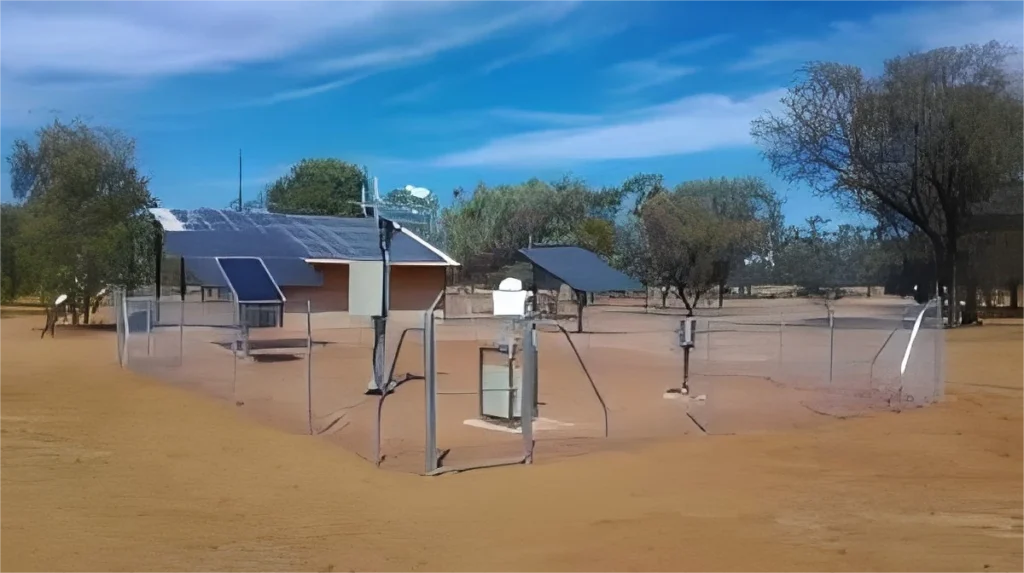The Disadvantages of Automatic Weather Stations

# The Disadvantages of Automatic Weather Stations
Automatic Weather Stations (AWS) have revolutionized meteorological data collection by providing continuous, real-time weather information. However, despite their numerous advantages, these systems also come with several drawbacks that can impact their effectiveness and reliability.
## High Initial and Maintenance Costs
One of the primary disadvantages of automatic weather stations is their high initial cost. Setting up an AWS requires significant investment in hardware, software, and installation. Additionally, these systems demand regular maintenance to ensure accurate data collection, which can further increase operational expenses.
## Dependency on Power Supply
Automatic weather stations rely heavily on a consistent power supply, usually from batteries or solar panels. In remote or harsh environments, power failures can disrupt data collection, leading to gaps in weather records. This dependency makes AWS vulnerable in areas with unreliable energy sources.
## Limited Durability in Extreme Conditions
While designed to withstand various weather conditions, automatic weather stations can still suffer from wear and tear, especially in extreme environments. Prolonged exposure to heavy rain, snow, or high winds can damage sensors and other components, reducing the system’s lifespan and accuracy.
## Data Accuracy Issues
Despite technological advancements, automatic weather stations are not immune to errors. Sensor malfunctions, calibration drifts, and environmental interference can lead to inaccurate data. Regular calibration and validation are necessary, but these processes can be time-consuming and costly.
## Lack of Human Oversight
Unlike traditional weather stations operated by human observers, AWS lack the ability to detect and correct anomalies in real-time. Human observers can identify and address issues such as sensor blockages or unusual weather patterns, which automated systems might miss.
## Limited Flexibility
Automatic weather stations are programmed to collect specific types of data. Adapting these systems to new requirements or additional parameters often requires hardware upgrades or software modifications, which can be both costly and technically challenging.
## Conclusion
While automatic weather stations offer numerous benefits, their disadvantages—such as high costs, power dependency, durability issues, data accuracy concerns, lack of human oversight, and limited flexibility—cannot be overlooked. Understanding these limitations is crucial for meteorologists and researchers to make informed decisions about their use and implementation.